AARP Hearing Center

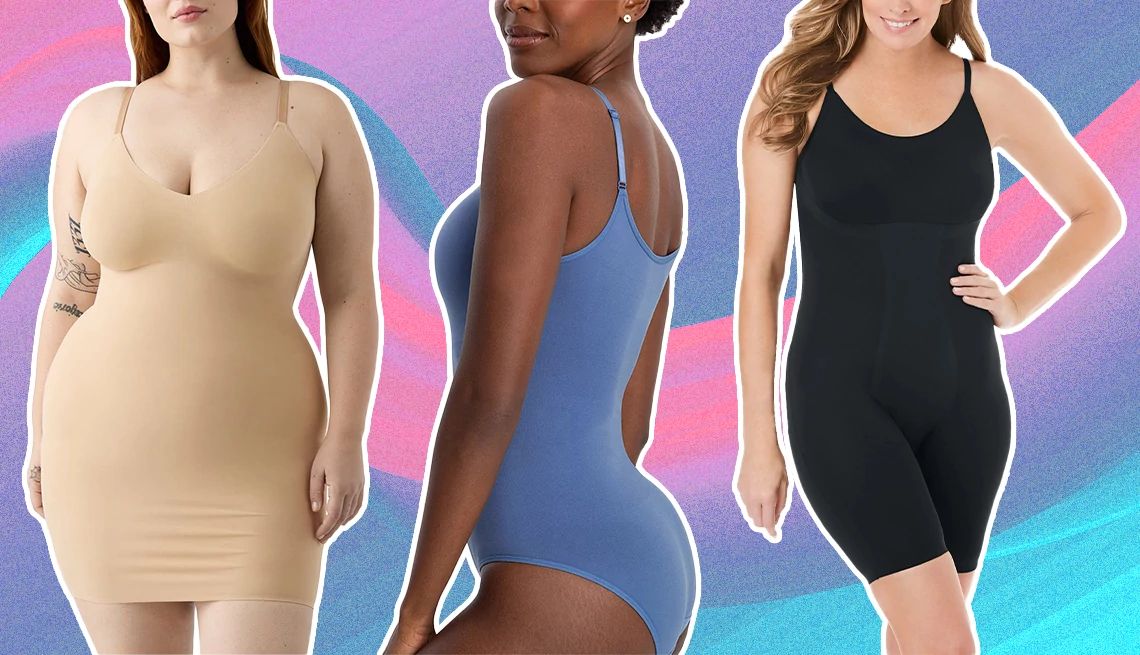
Shapewear has a bad rep.
It’s hard to get into, tough to get out of, and squeezes, pinches, itches, chafes, rolls up and flips down. All true — if you choose the wrong ones. Women say things like:
“I can’t wait to take this off!”
“I can’t wear a bodysuit with a 34F bra!”
“I can’t cross my legs in this!”
How do I know? I’m a fashion editor, stylist and personal shopper who specializes in women over 50 and hears it all. But there’s a bigger issue. Like it or loathe it, shapewear has a real value: to improve the way we look in clothes. Some styles are helpful for mature bodies, others are not, and a few are just plain silly. Which shapewear makes the cut? Check these tips and top choices to find out.

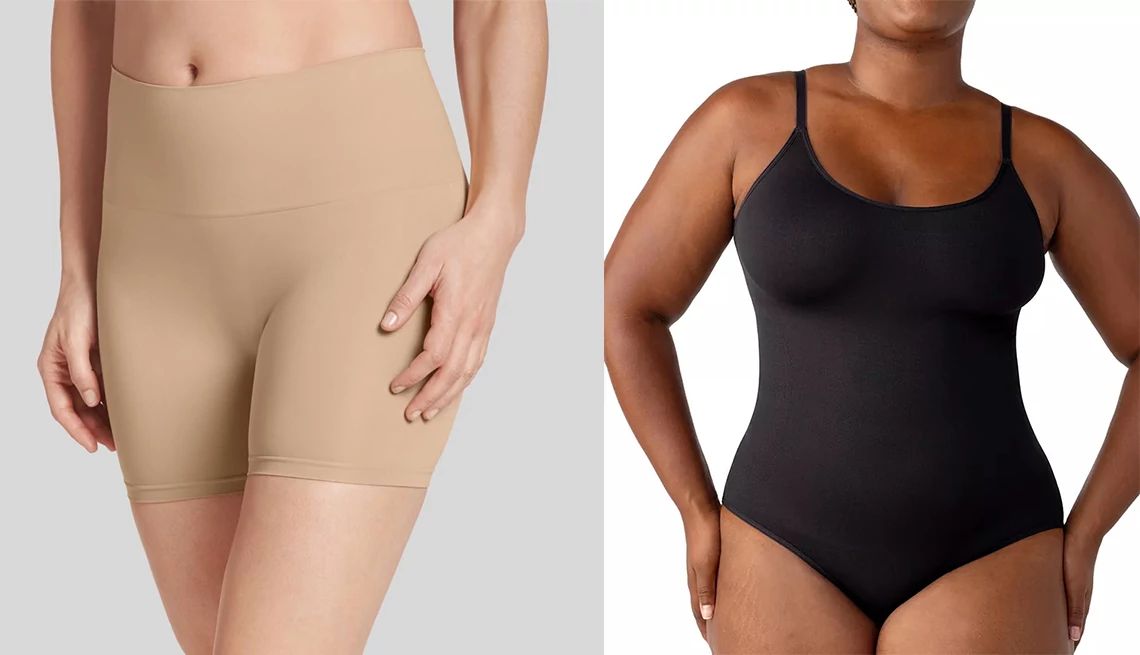
1. Determine your current shapewear motive.
Think about when and why you wear shapewear. Do you like some hold-in-your-belly-help, even under casual clothes? Do you treat shapewear as a sizing fix when clothes won’t zip or feel too snug? Do you save it for dressy dresses and evening clothes? Or do you depend on it for damage control when extra pounds pile on or you slack off on exercise?
You may have checked one, two or all the above. Indeed, the need for shapewear at 50 can be a little unpredictable, since perfectly normal body changes do affect what we wear. Think of it as a key addition to your style toolbox, along with shoes, makeup, glasses and jewelry. A good basic shapewear “kit” of a control panty/short, a tank and a bodysuit like Jockey Generation Women’s Tummy Smoothing Mid-Waist Boyshorts in Beige or Black ($14, target.com); Honeylove LiftWear Tank in Astral, Vamp, Sand or Navy ($84, nordstrom.com); or Shapermint Essentials All Day Every Day Scoop Neck Bodysuit in Black, Dusty Blue, White or Chai ($30, macys.com) can get you through any situation.
What to watch out for now: Some shapewear pieces just don’t work for women over 50. They include thong shapewear (thongs at 50 aren’t your derriere’s best friend; opt for full rear coverage), waist cinchers and corsets (they cut off your breathing, interfere with digestion and cause acid reflux), and shapewear with added derriere and hip padding. And let’s take a pass on full-length pant liners that mimic footless tights. If you need those, you’re wearing the wrong pants or jeans.

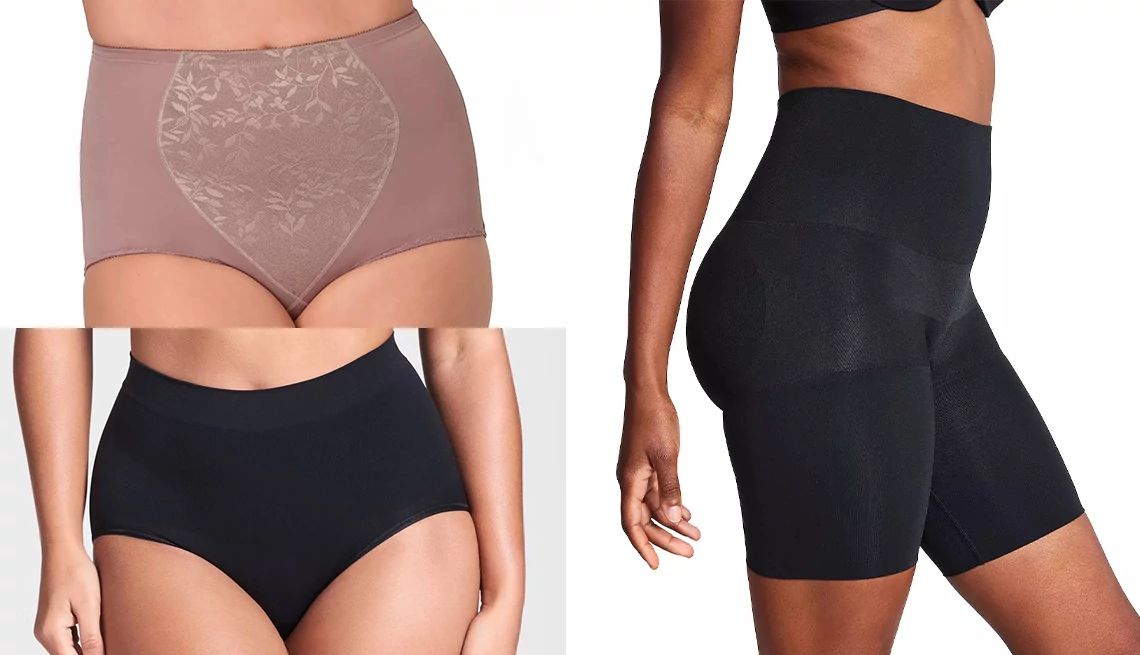
2. Be realistic about sizing and compression levels.
Still have a problem with shapewear? You may be making some mistakes. The first error is choosing a smaller size than you need in hopes of squeezing away more excess. The second is choosing an extra-high compression level to force your body into a slimmer shape. All you’ll get from that is a big squeeze, fleshy overhang at the borders, and plenty of discomfort and skin irritation.
Be realistic about which shapewear will and won’t do. Say you’re a size 16. No compression garment is going to transform you into a size 14. Or you’ve gained eight pounds over the summer. No shaper shorts will magically make those pounds disappear. Here’s the most important thing to remember: Wear shapewear to improve how your body looks when dressed, but leave the real shape-shifting to your clothing choices.
What to watch out for now: Pay attention to how shapewear feels on your body and looks with your clothes, not what it claims to do or how it appears online and in model photos. You never need firm control, sculpting or contouring for everyday wear. Choose medium control for a slightly more pressurized hold when wearing fitted or semifitted clothes. Firm or extra-firm control is for special events only.































































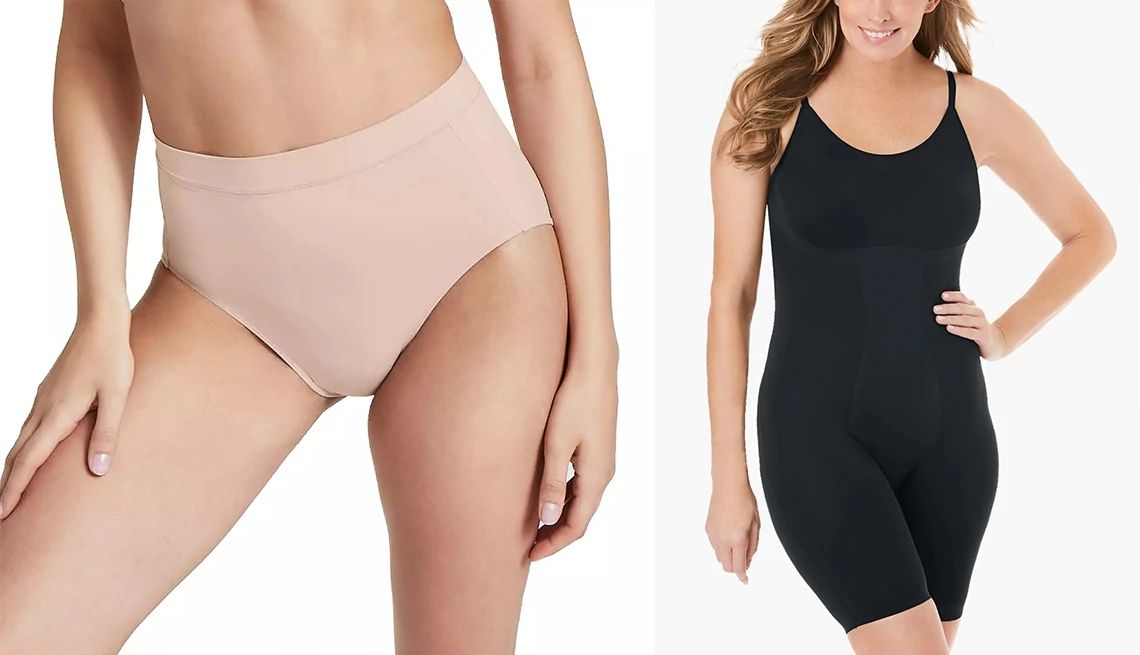
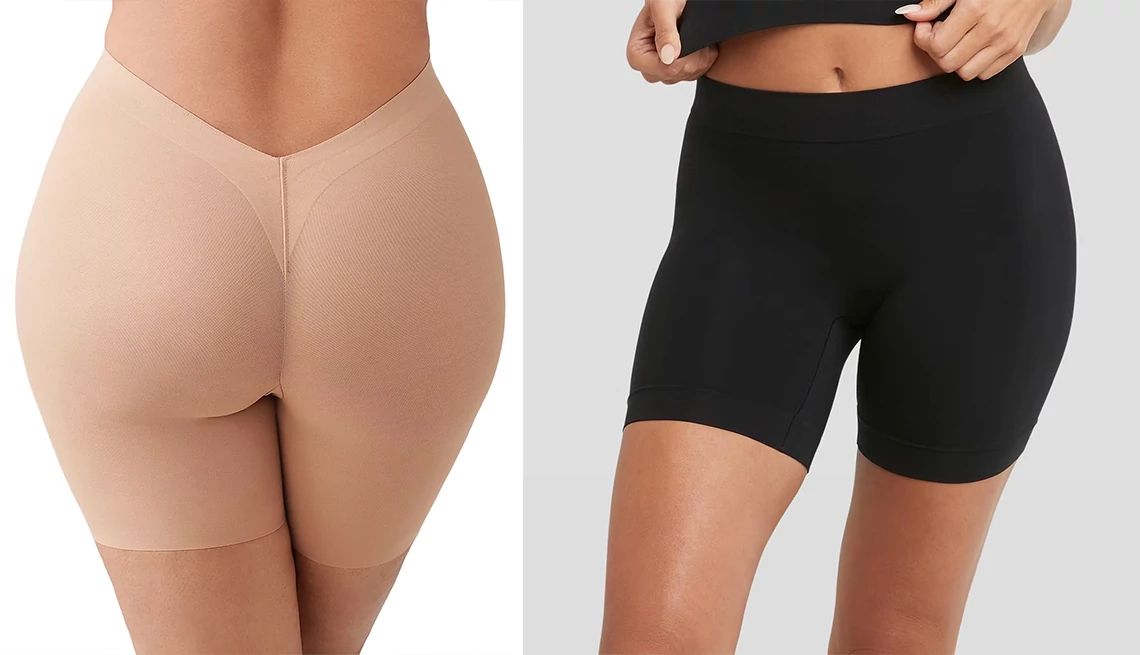
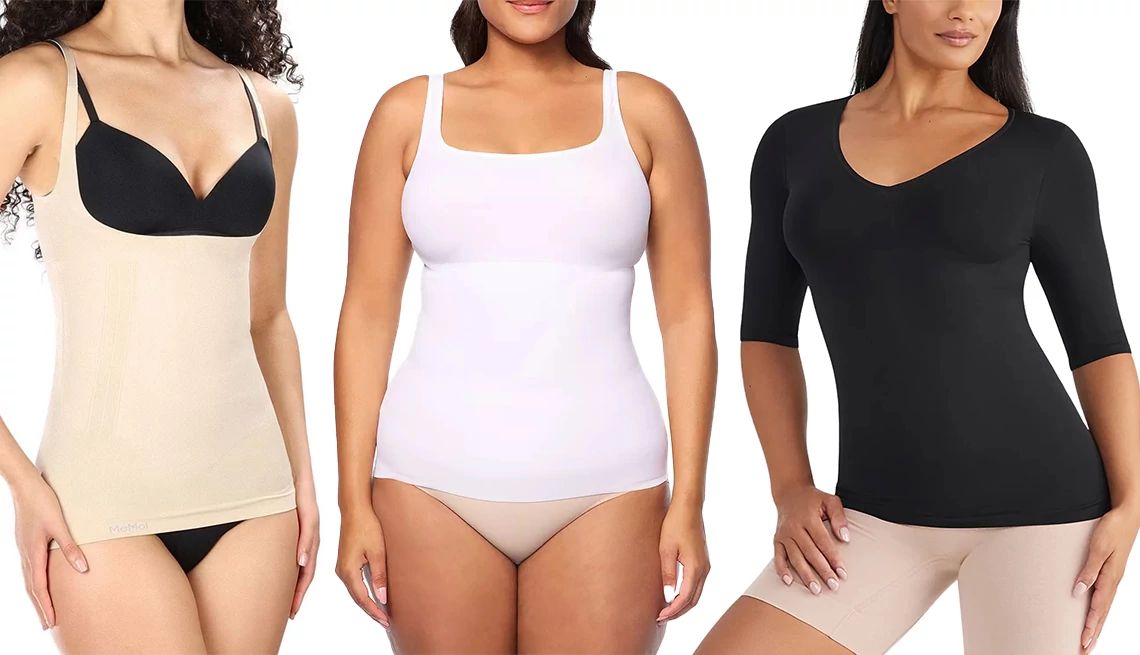


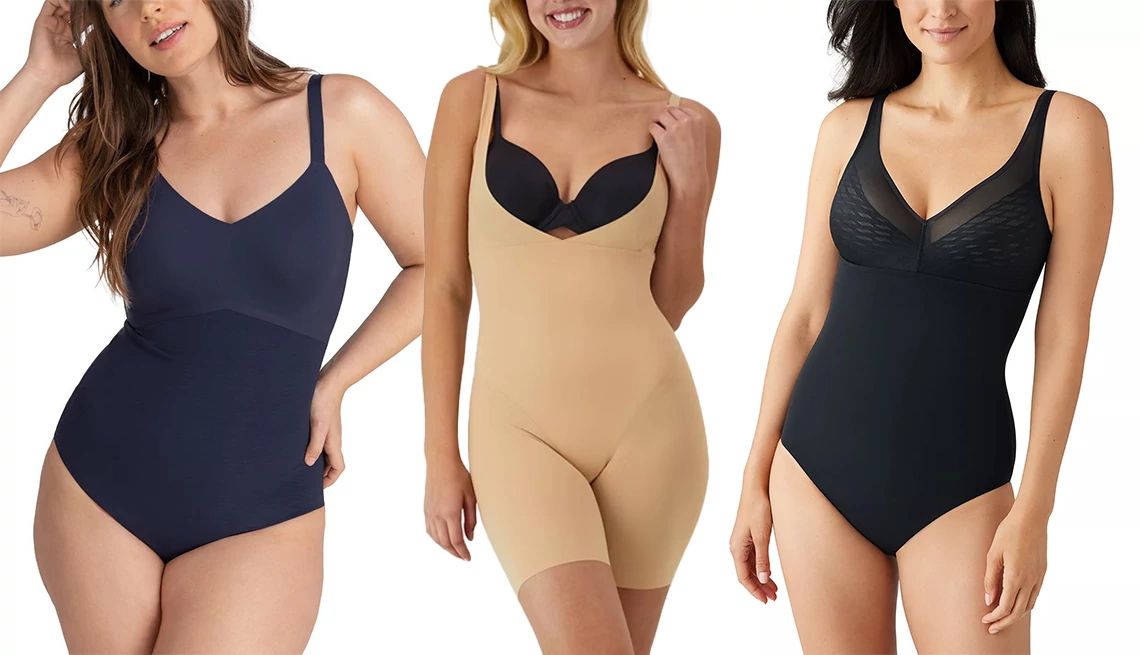
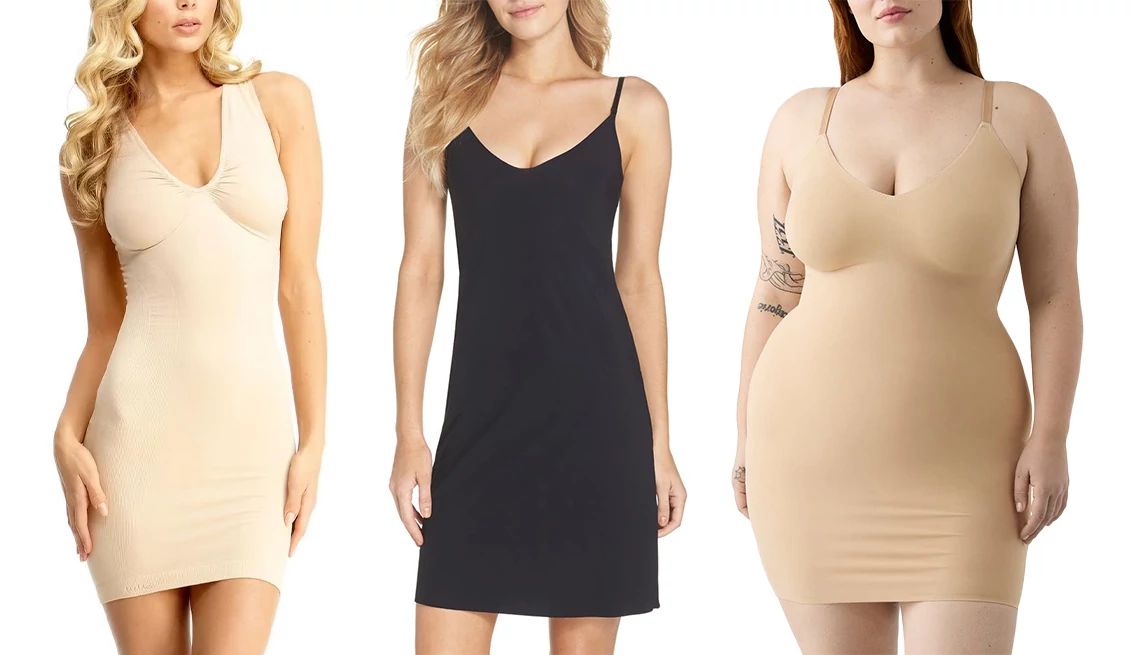



You Might Also Like
Plus-Size Fashion With a Body-Positive Attitude
Inclusive sizing offers even more options for curvy shapes
Unlock the Fashion Secrets of Stylish Women
Learn ways to elevate your wardrobe and look effortlessly chic
Insider Secrets From a Top Perfumer
How to make your favorite fragrance last — and why body sprays are making a comeback